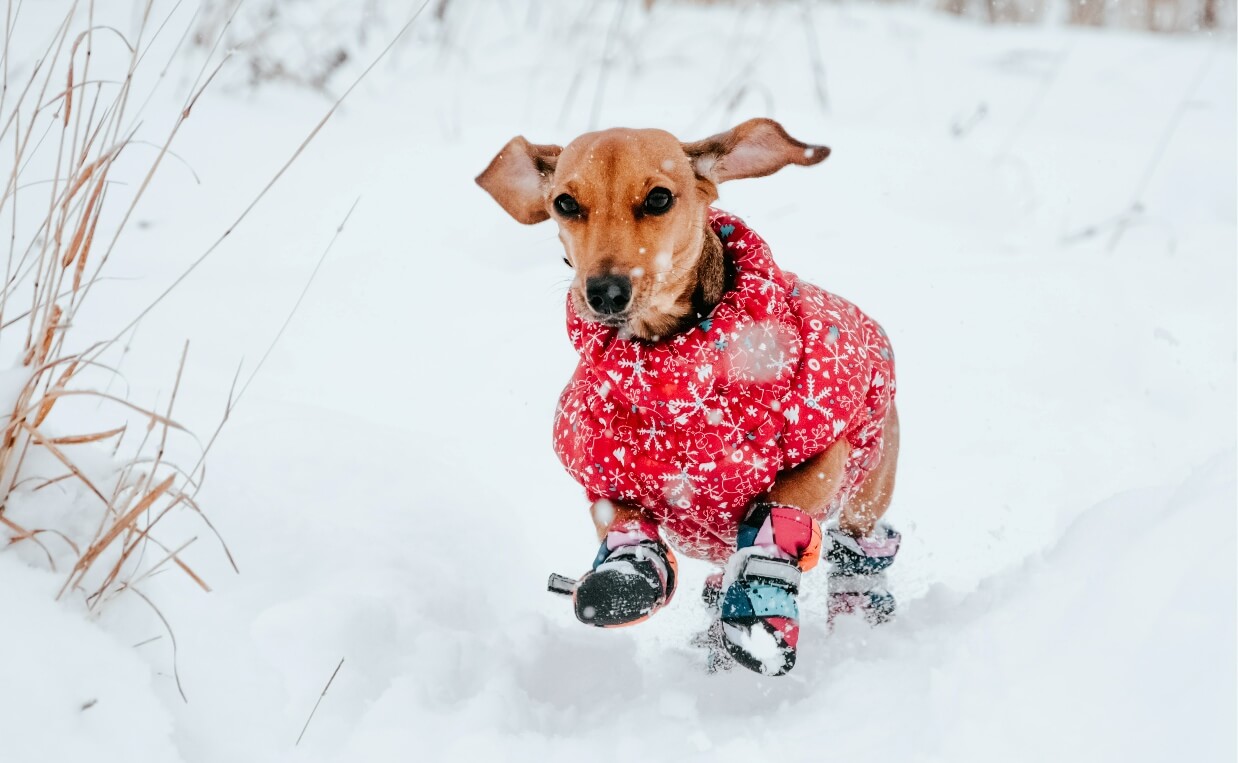
With temperatures well under freezing in the Pikes Peak Region lately, daily walks with dogs can be more uncomfortable than ever, for both people and canines. Even if you’ve never dressed your dog in a coat before, as you bundle up to go outside consider whether your pooch also needs protection from the cold.
At What Temperature Does a Dog Need a Coat?
Many factors come into play when determining whether or not to put a winter coat on your dog. It’s important to take into account winter chill factor, wind chill, whether your dog will get wet, and how sunny it is before taking your dog outside. When in doubt, play it safe. You can always remove your dog’s coat if he or she seems uncomfortable.
If there’s snow and ice on the ground, or persistent chilly winds, a winter jacket is a good idea. Small or thin-furred breeds, puppies, and senior dogs will generally need a coat when the temperature outside feels at or below 32⁰F (0⁰C).
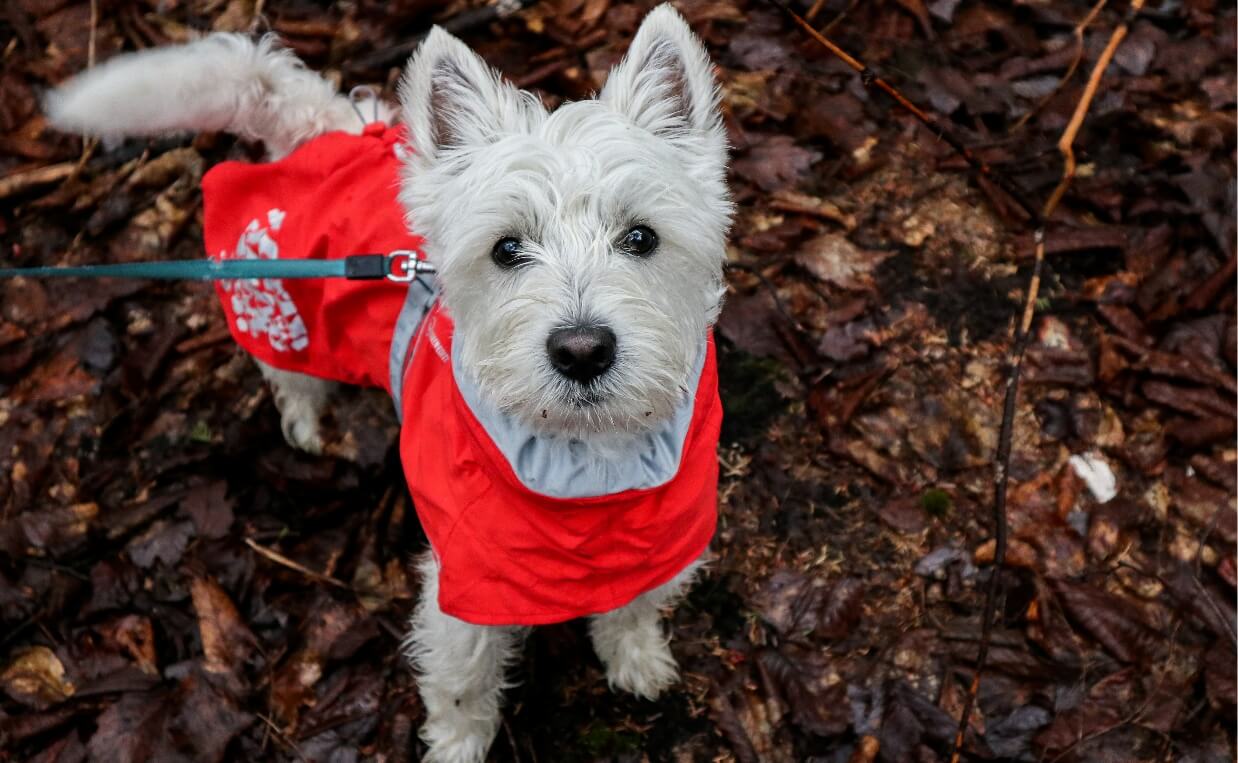
Which Dogs Need a Winter Coat?
As a general rule of thumb, large dogs with thick, dense coats are well protected from the cold and don’t need a coat. This includes breeds such as Alaskan Malamutes and Siberian Huskies, with fur coats genetically designed to keep them warm.
But there are dogs who definitely need protection from extreme weather, such as:
- Small, toy, and miniature shorthaired breeds, like Chihuahuas and French Bulldogs. These pups can’t generate or retain enough heat to keep themselves warm.
- Dogs who have short legs, like Pembroke Welsh Corgis or Dachshunds. These dogs sit low to the ground and their bodies are close to (or rub on) the snow and ice.
- Breeds who are typically clipped or shorn, like Poodles. For these dogs, regular grooming alters the natural protection of their coat.
- Lean-bodied breeds with short hair, like Greyhounds and Whippets.
- Senior dogs often require a winter coat due to arthritis or a weakened immune system. Heat regulation may decline with age, making even a thick-coated dog uncomfortable in the cold.
- Dogs with medical conditions, like heart disease, kidney disease, and diabetes. These issues can affect a dog’s ability to maintain body temperature.
- Puppies are often too young to generate or retain enough body heat to stay warm.
Most of the time, if you need a coat to go outside, your dog does too, unless your dog was bred for very cold weather. Once the temperature drops below 20⁰F (-6.6⁰C), keep a close eye on your dog regardless of breed. Watch for signs your dog is feeling cold.
Anytime you’re out in the cold and you see your dog shivering, seeking out warmth, limping, slowing down, or acting anxious or distressed in any way, it’s time to go inside.
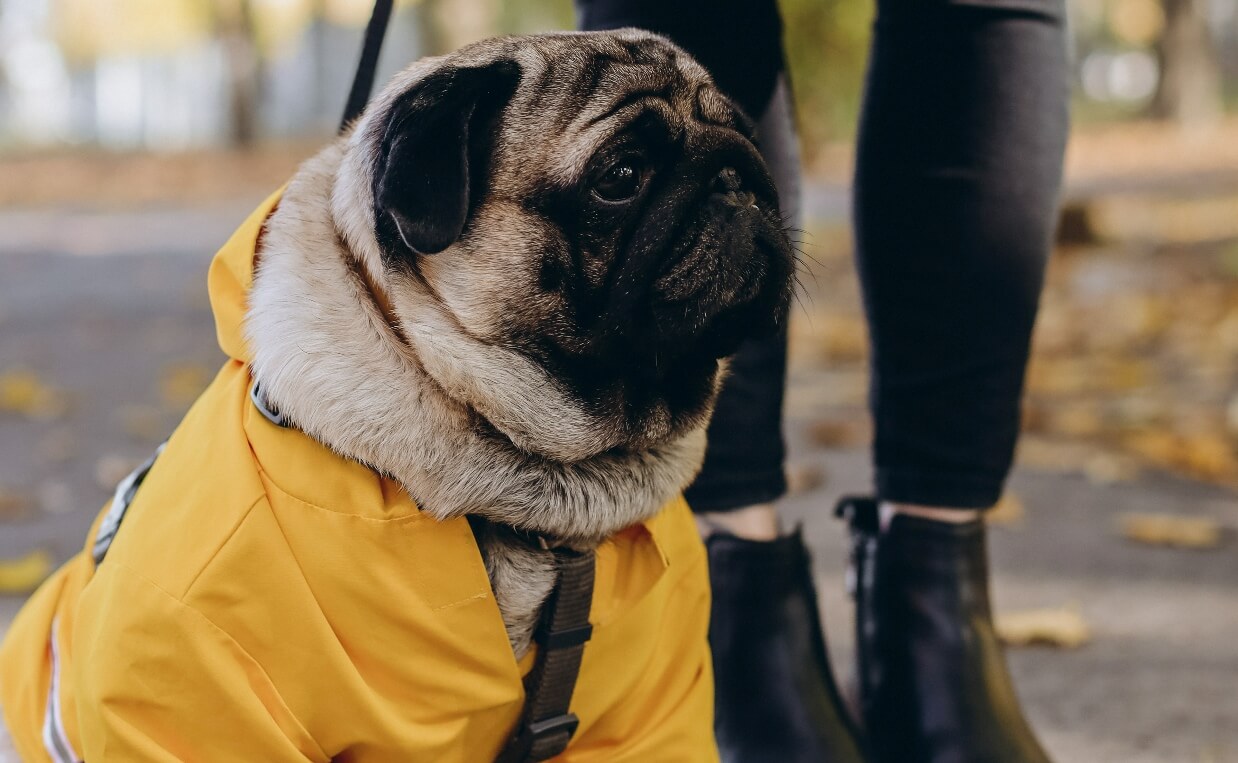
When Should You NOT Put a Coat on a Dog?
Dogs don’t need coats in warm or mild weather, while indoors, or just for fun. If your dog is clearly opposed to wearing a coat (for example, shows signs of anxiety or repeatedly tries to remove the coat) then work to modify your dog’s schedule to minimize their exposure to cold weather.
Be mindful of how active your dog is. If your dog is very active, he or she will retain extra body heat, making them even hotter. You may need to remove your dog’s coat if this happens. You don’t want your dog to get over heated, even though it’s cold out.
What is the Danger of Your Dog Getting Too Cold?
Intense cold can cause hypothermia, which occurs when a dog’s body temperature falls to dangerously low levels. Hypothermia causes muscles to stiffen and breathing and heart rate to slow. In serious cases, it can be fatal.
Frigid weather can also cause frostbite, which most often affects a dog’s ears, tail, or paws. A winter coat will help prevent hypothermia, but has no affect on frostbite, which afflicts the extremities.
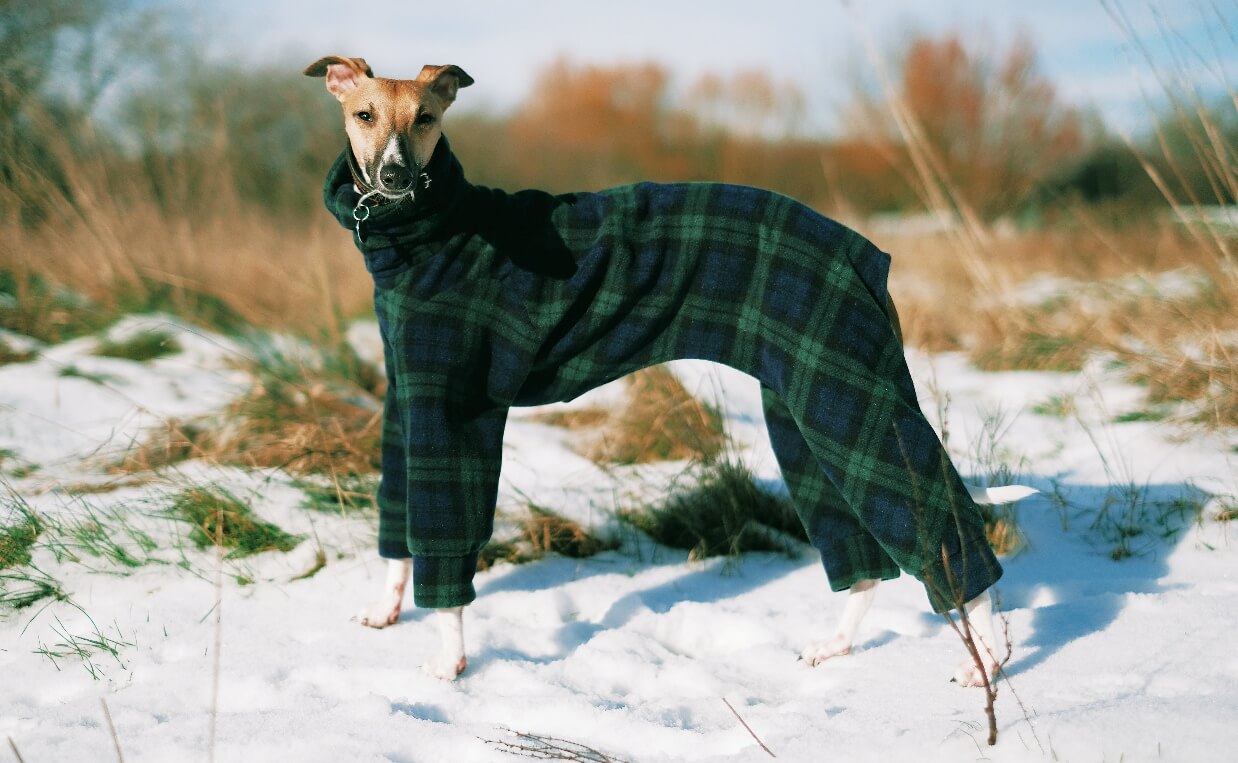
How to Choose a Winter Coat for Your Dog
A good dog coat will cover your dog’s neck, belly, and back. A dog coat should extend from the base of your dog’s neck to his or her tail, without being so long bathroom breaks become problematic. Look for a coat that fits your dog snugly without being tight. You don’t want it to restrict your dog’s movement from being too tight or become a hazard from being too loose.
Don’t guess on the size of the coat. No two dogs are the same. Be sure to use the size chart of the coat you are buying as well as the instructions on how to measure your dog to get the right fit.
Waterproof fabrics are important because a wet dog will get colder faster than a dry one. A dog coat shouldn’t have parts that can be easily chewed off and swallowed, so look for one without a zipper, buttons, or tags.
Here are a few coats in different styles and materials sure to keep your pooch warm and comfortable in cold weather.
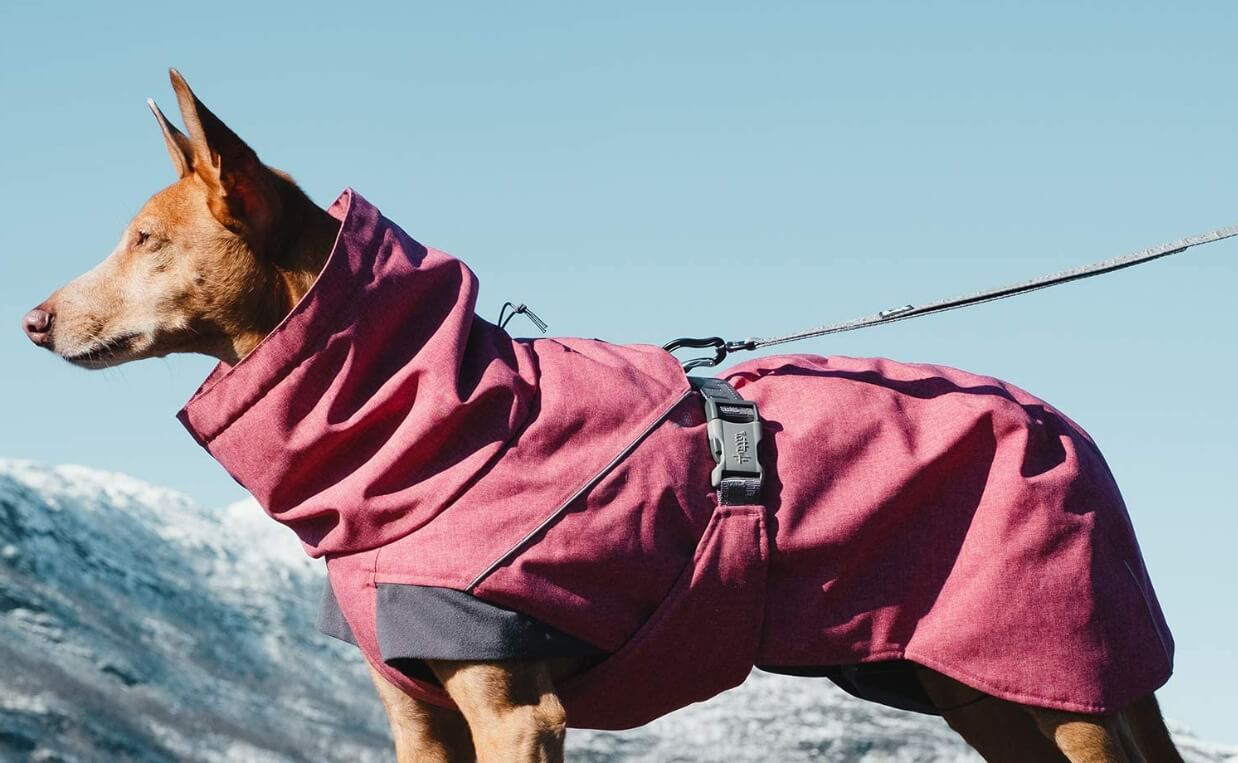
The Hurtta Expedition Parka is designed for extreme cold temperatures, snowy and icy conditions. The parka is especially beneficial for short-haired dogs and dogs without an undercoat in cold conditions. It has an impressive 4.8 rating on Amazon based on 505 ratings.
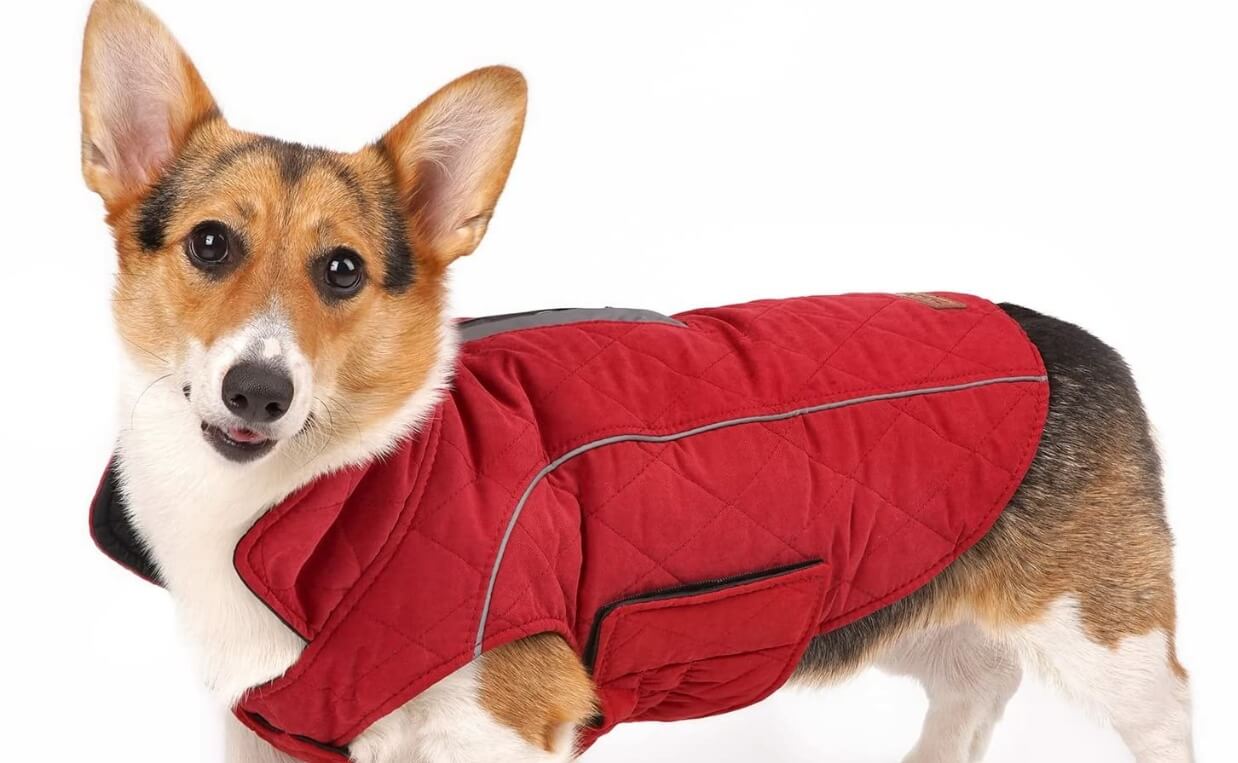
If you’re on a budget but need a warm winter coat for your dog, this is the ideal option. It’s made from polyester with polyfill padding inside. While it isn’t waterproof, it is water-resistant, which will stand up to mist or light snowfall. It has good belly coverage and extends up the neck to keep your dog even warmer. It has a 4.3 rating out of 4,994 ratings.
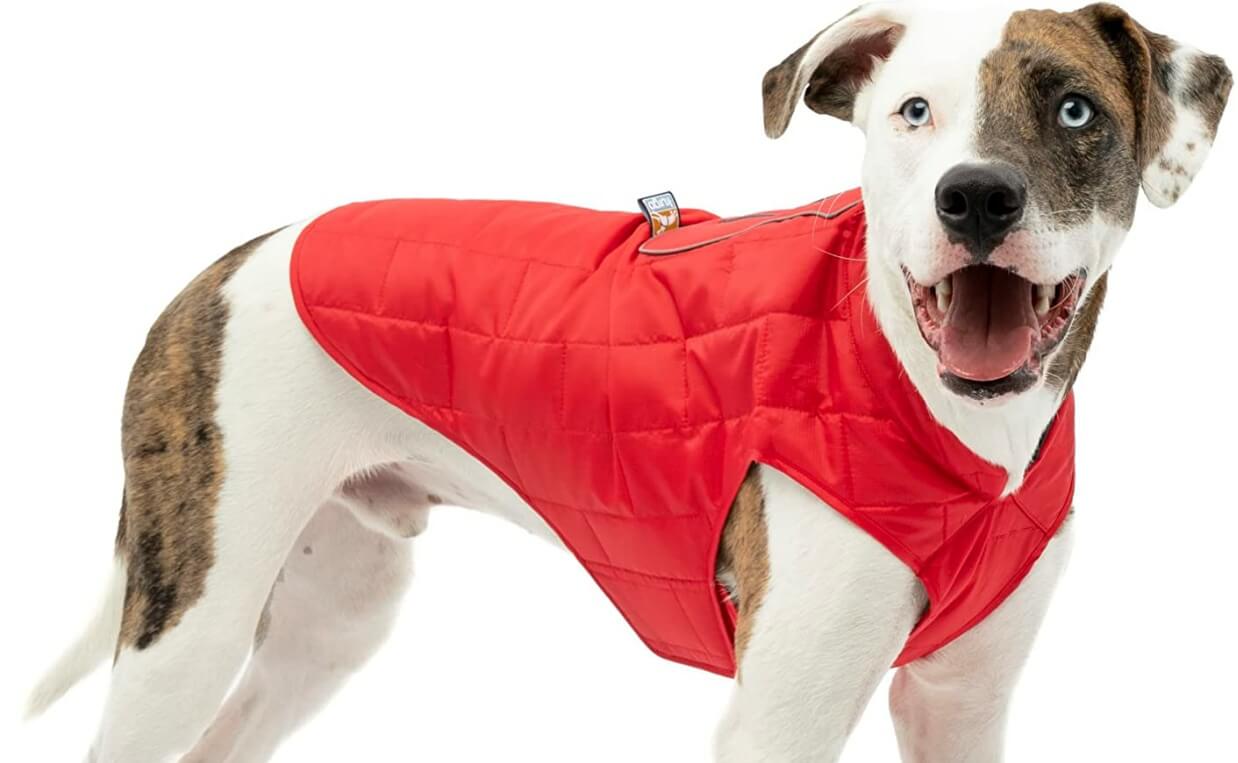
The Kurgo Loft Dog Jacket is water resistant and lightweight but still warm enough for chilly cold winter days. It provides just the right amount of coverage for active dogs without overheating and gives dogs plenty of room for freedom of movement. It’s known for being rugged and long-lasting. However, it isn’t suitable for extremely cold temperatures unless you layer it over another coat or sweater. This dog coat has an overall rating of 4.5 with 7,082 ratings to date.
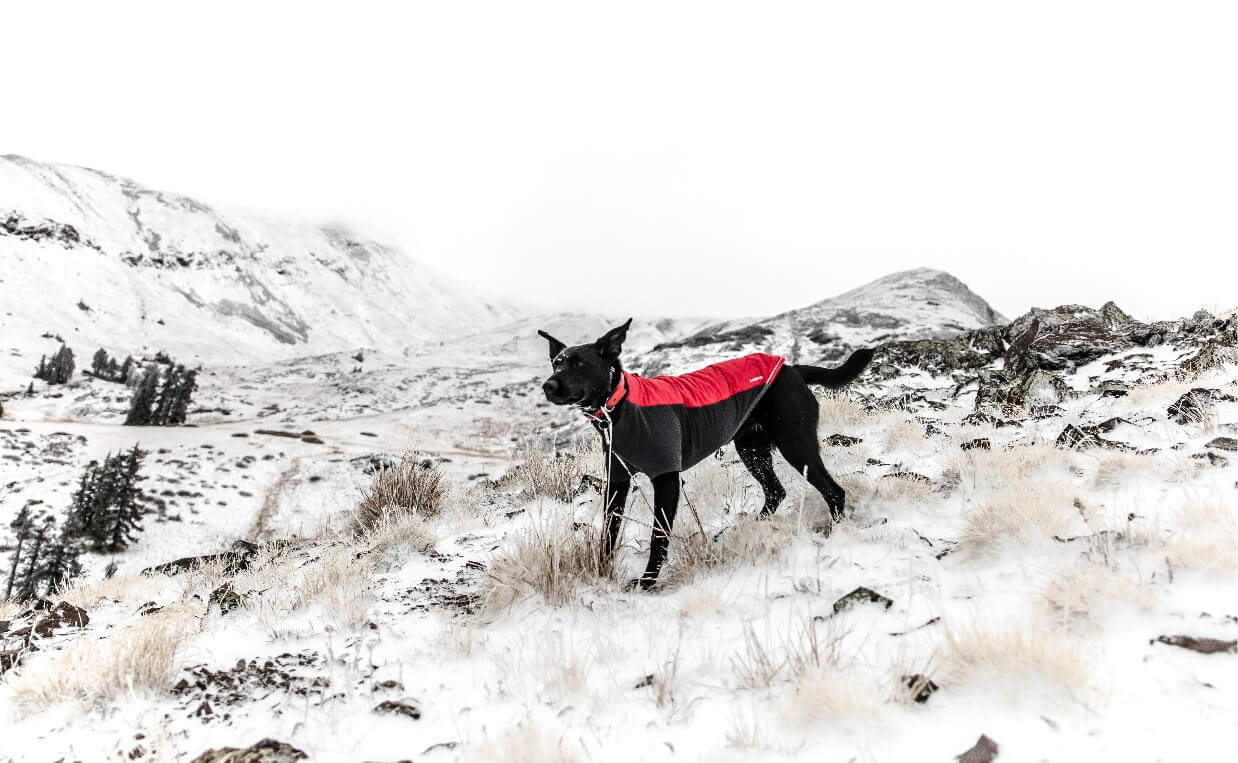
Want more tips on how to care for your dog during cold weather? Here are a few articles that can help:
- What To Do If Your Dog Has Cracked Paw Pads
- How Cold is Too Cold For Your Dog?
- 16 Tips for Keeping Your Dog Safe and Comfortable During Winter Weather
- 7 Creative Ways to Keep Your Dog Active in the Winter
- 7 Indispensable Tips for Hiking with Your Dog in Winter
- Winter Camping with Your Dog
Do you have a favorite dog coat you’d like to share with the rest of the Canine Campus community? Feel free to leave a comment below…

 What is Distemper in Dogs and How Is It Treated?
What is Distemper in Dogs and How Is It Treated? How to Recognize and Manage Arthritis in Dogs
How to Recognize and Manage Arthritis in Dogs 5 Reasons Your Dog Has Bad Breath
5 Reasons Your Dog Has Bad Breath Can Dogs Eat Nuts?
Can Dogs Eat Nuts? How to Choose the Best Dog Bed for Your Dog
How to Choose the Best Dog Bed for Your Dog






Leave a Reply